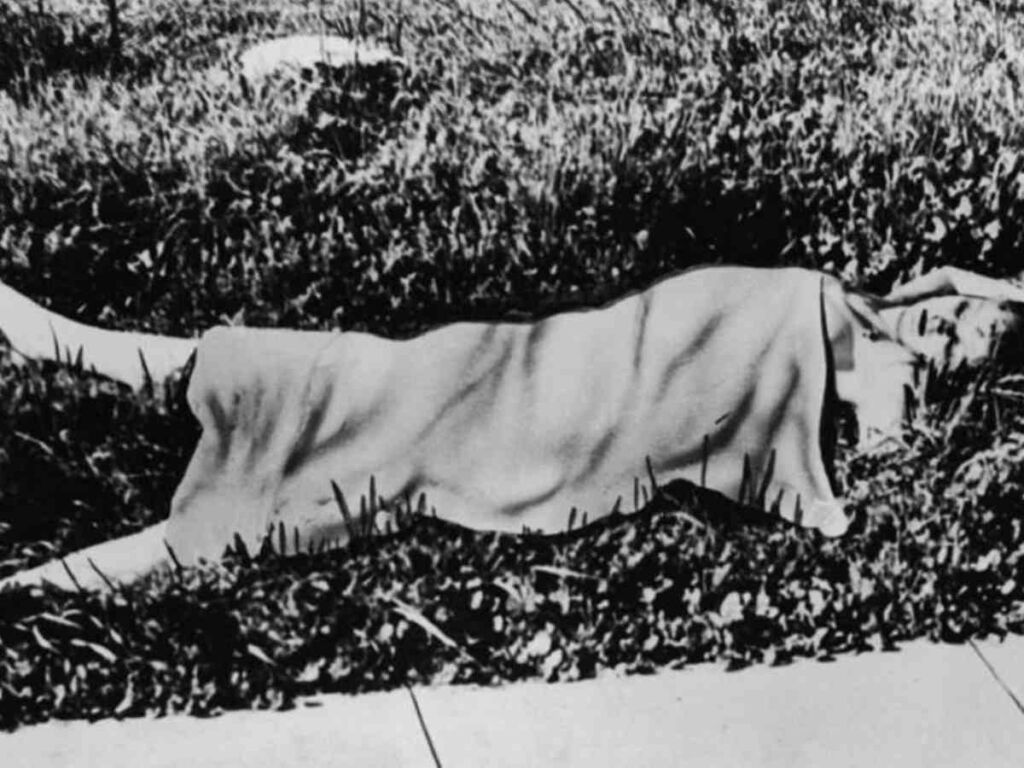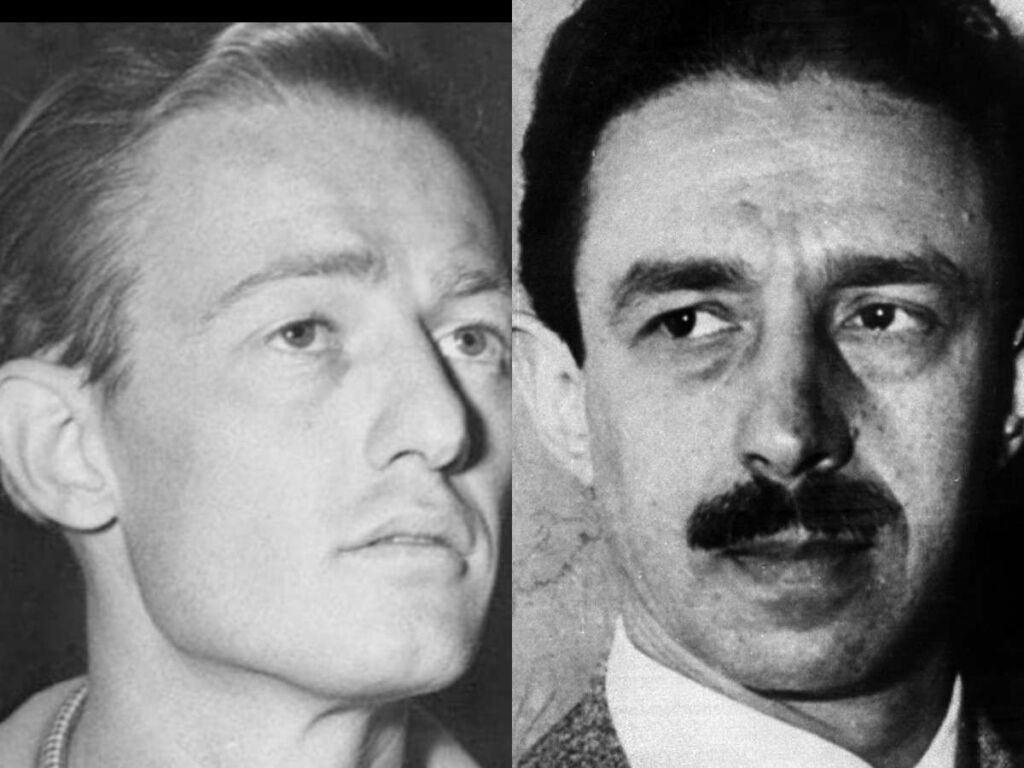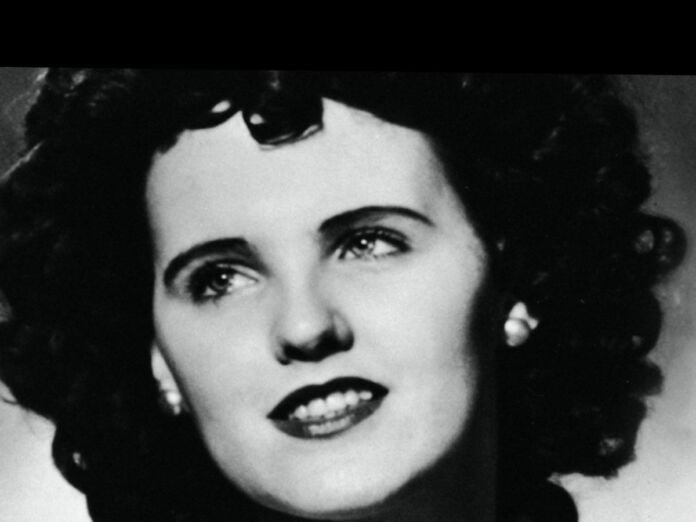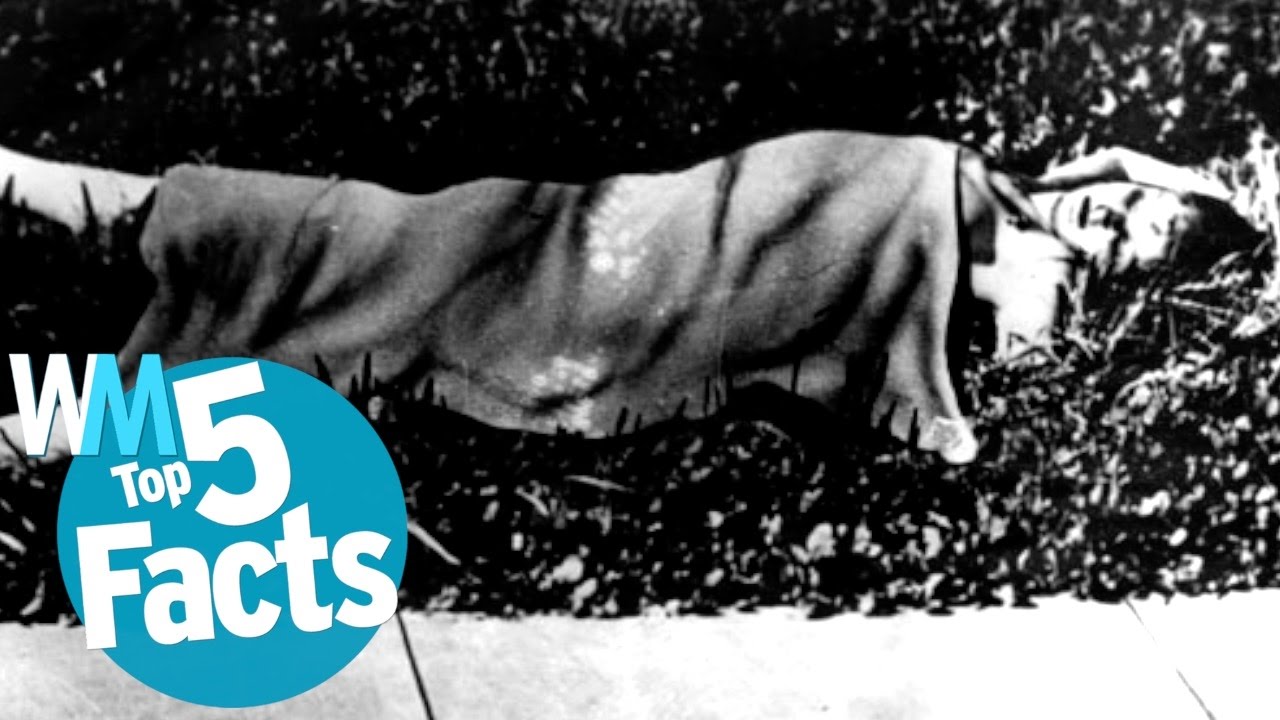For every fulfilled dream in Hollywood, there are countless dashed hopes. Tinseltown is filled with stories of dead starlets, like Elizabeth Short, that will shake you to your core. Her horrendous murder, dubbed the Black Dahlia murder, remains as scandalizing today as it was back in the day.
The police and the FBI were left scrounging for a killer that was never found. Unfortunately, when the media looked under the hood, the case became about how Short conducted herself with men. There have been several conspiracy theories, literary material, cinematic adaptations, and in the real world, a few solid leads. Unfortunately, the ghost of Black Dahlia still haunts LAPD.
Related: Where Is Jodi Arias, The Infamous Murderer Of Travis Alexander?
Who Was Elizabeth Short, The Black Dahlia, And How Was She Murdered?

Born on July 29, 1924, Elizabeth Short was born to Cleo A. Short and Phoebe May Sawyer. Third of the five daughters, she relocated to Los Angeles to start a new life. Although she aspired to be an actress, her working jobs had been far from few. To tide herself, she worked as a waitress and lived on the hospitality of various friends in the military.
On the cursed morning of January 15, 1947, Elizabeth’s body was found Leimert Park neighborhood of Los Angeles. She wasn’t the first nobody to meet a not-so-Hollywood ending, but the shocking nature of her death brought widespread media attention. Her corpse was mutilated, with the killer slashing the corners of her mouth to create a ghastly “Glasgow Effect.”
The autopsy revealed another host of unpleasant details. According to the findings, ligature marks and lacerations were found all over her body. Since Elizabeth often wore a shade of black, the media posthumously dubbed her as ‘Black Dahlia.’
In Case You Missed: Marianne Bachmeier: The Woman Who Killed Her Daughter’s Rapist And Murderer In Court
Was The Black Dahlia Killer Ever Found?

The police had their work cut out for them. LAPD is said to have 750 active investigators working the case, with a list of 150 suspects. On January 21, 1947, James Richardson, the editor of the Examiner, received an anonymous phone call that thanked him for the coverage of the Black Dahlia Murder Case.
The voice promised and delivered a packet of some of Short’s souvenirs, such as a birth certificate, business cards, photographs, and an address belonging to Mark Hensen. Police were able to pick up some fingerprints from this folder, which were unfortunately compromised during the transit. The media eventually lost interest.
Years later, a former LAPD detective, Steve Hodel, found proof that his father, George Hodel, was the killer. His father went to medical school during the 1930s and learned the same procedure that was used to mutilate Elizabeth Short’s body. It’s also believed that Leslie Dillon was a prime suspect who could have murdered her at the behest of Mark Hensen. Even today, Black Dahlia Murder remains a cold case.
You Might Also Like To Read: What’s The True Story Behind’ Murdaugh Murders’ On Netflix?






